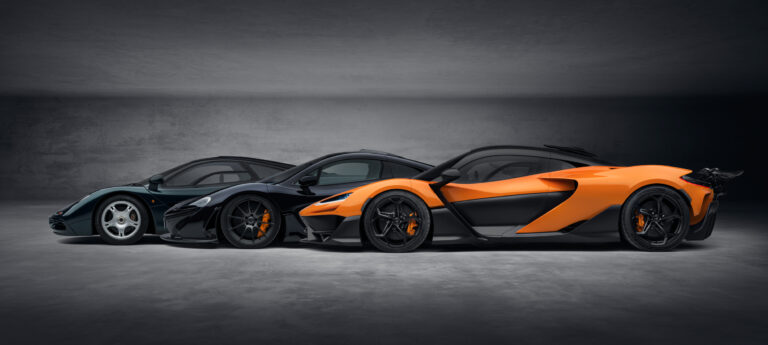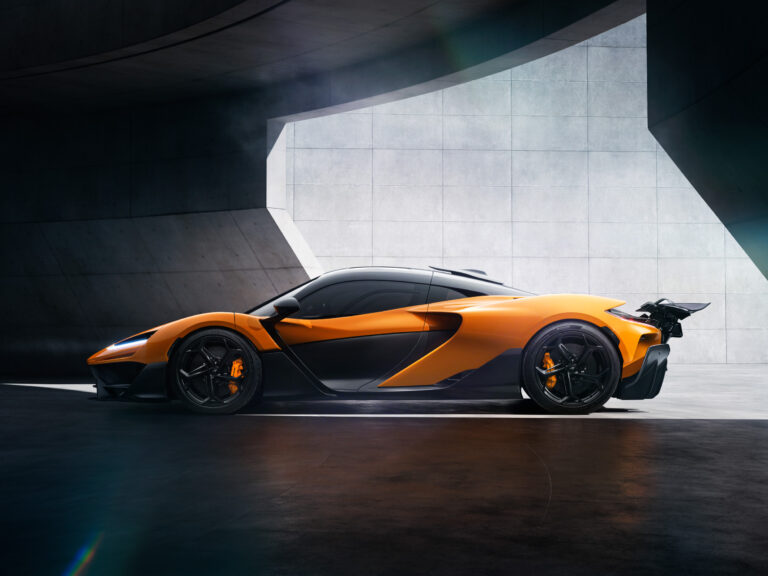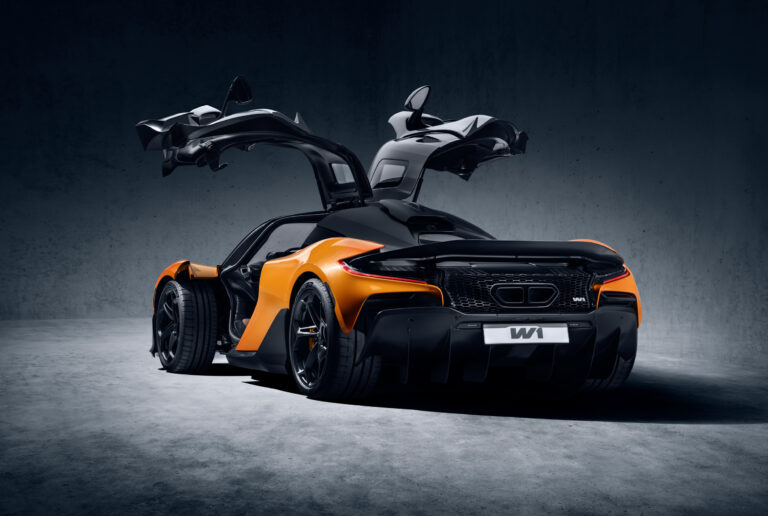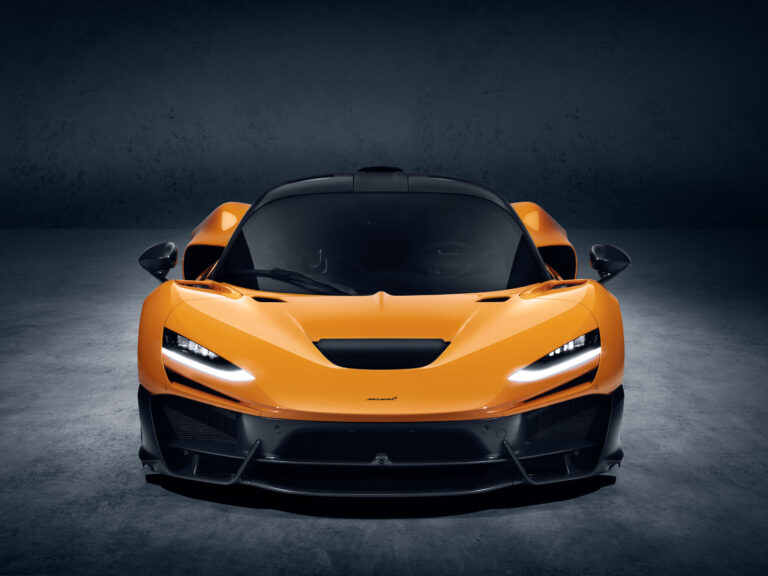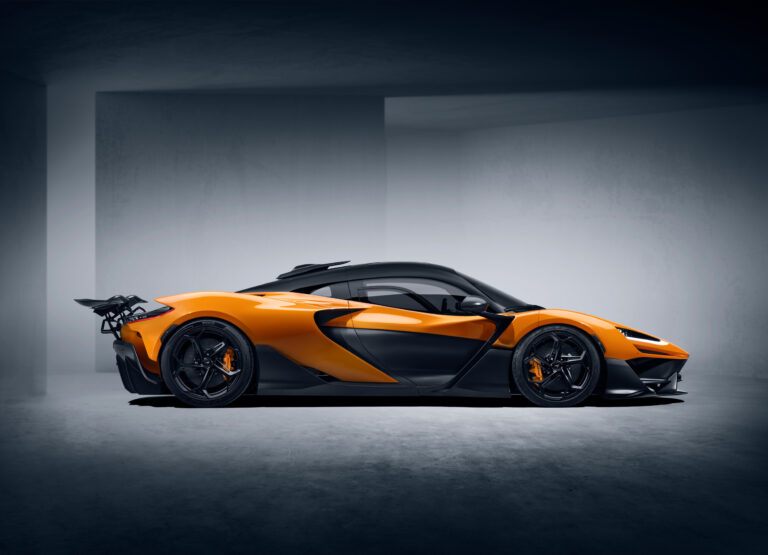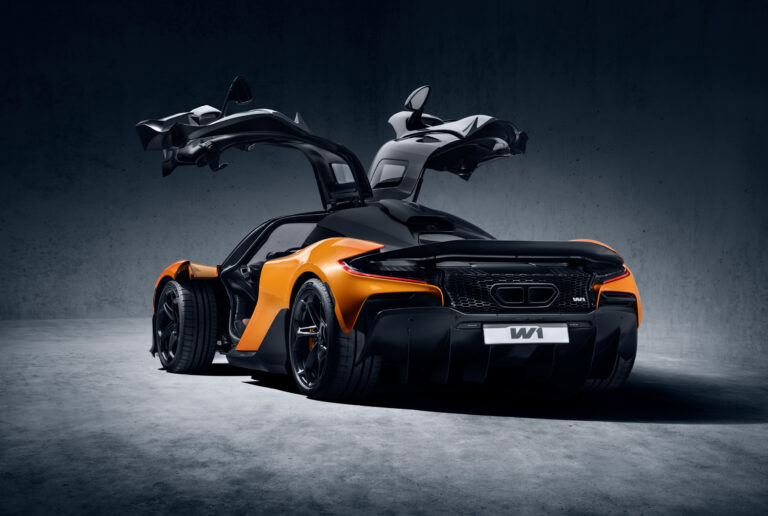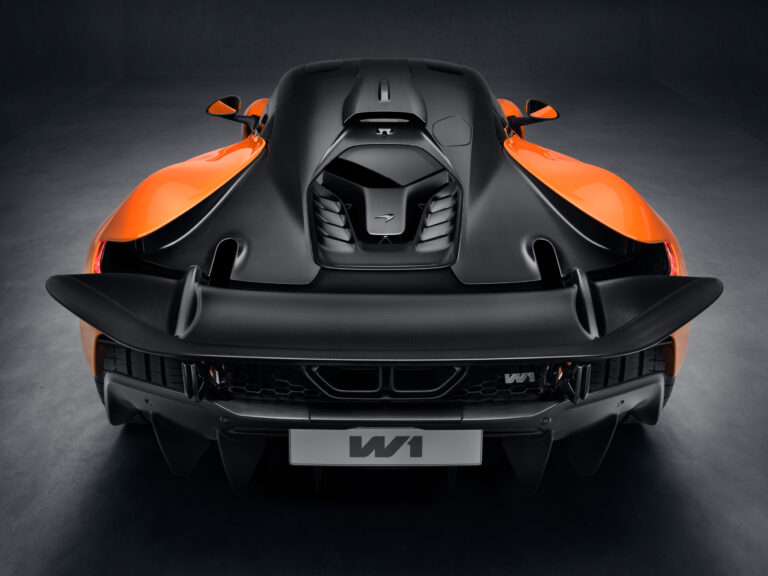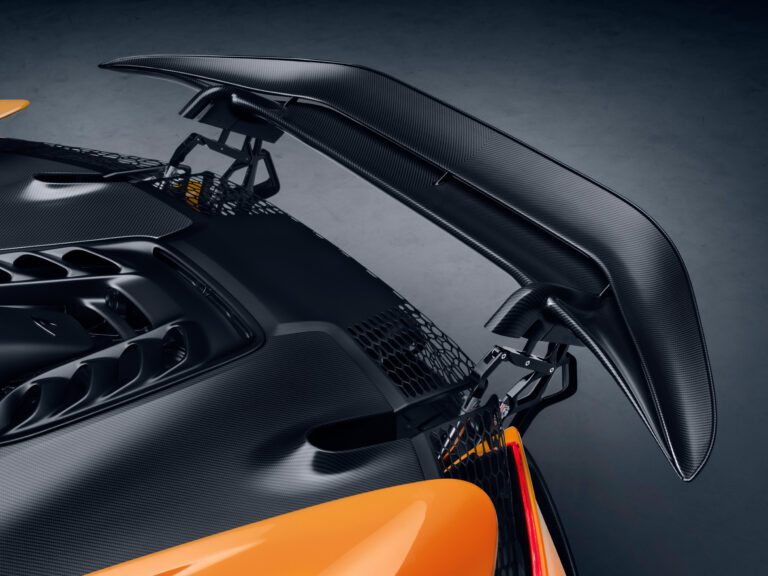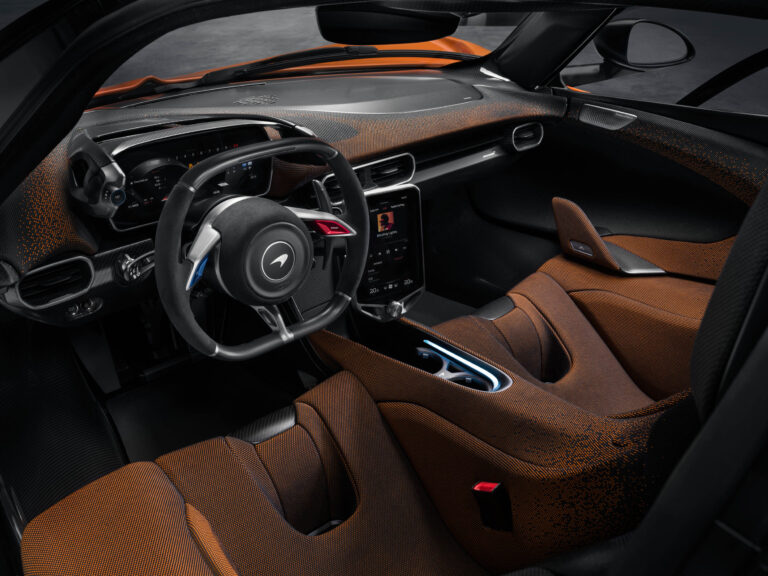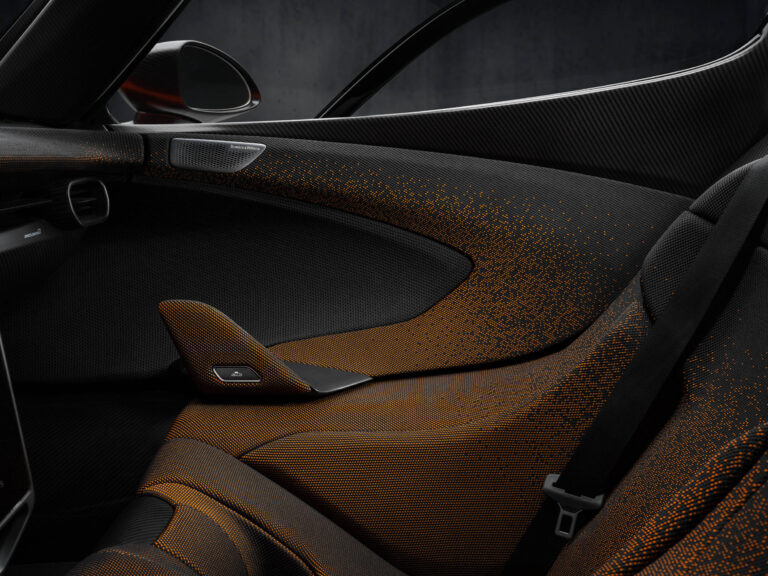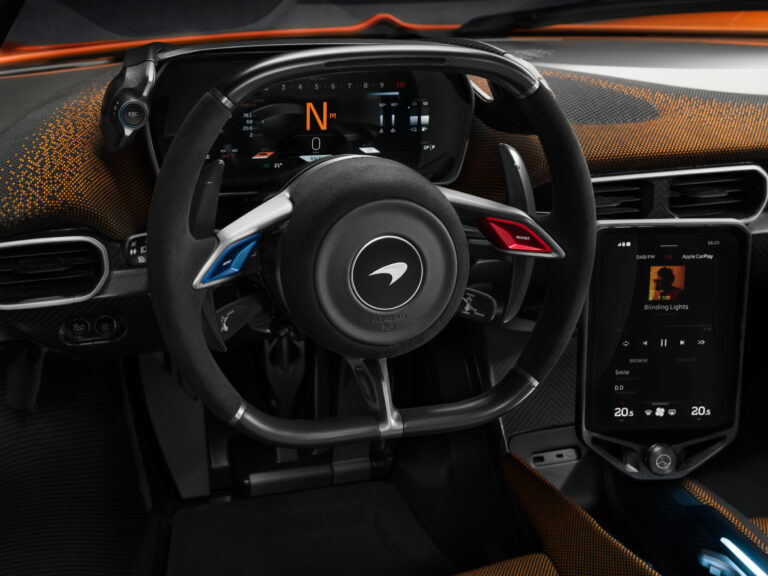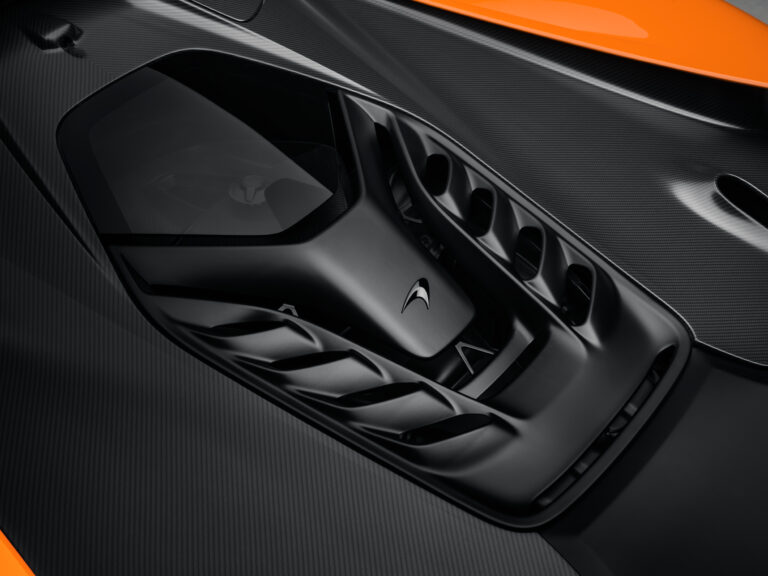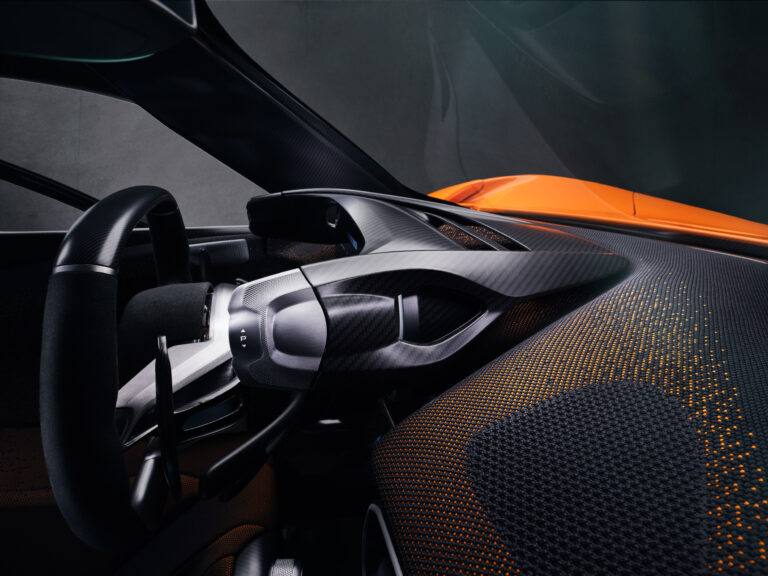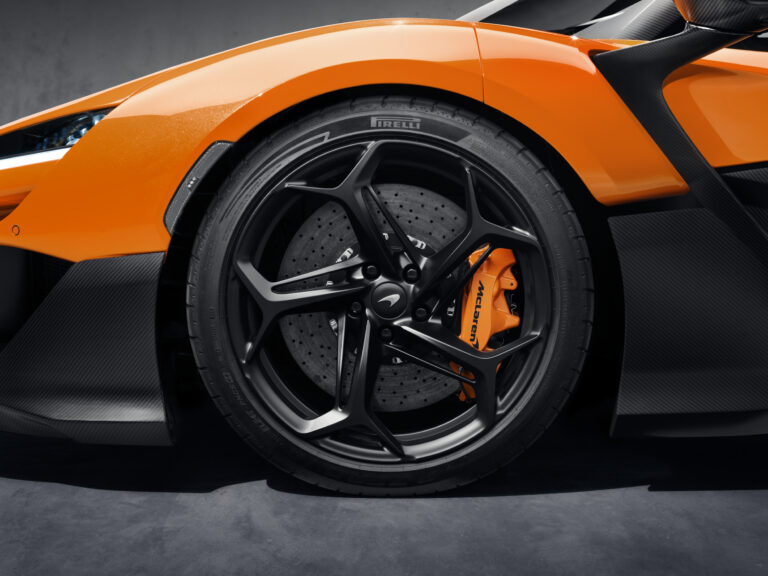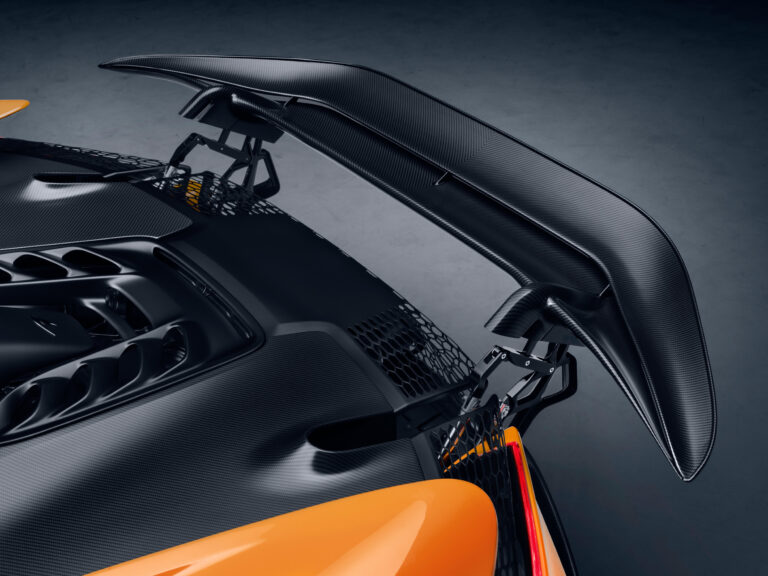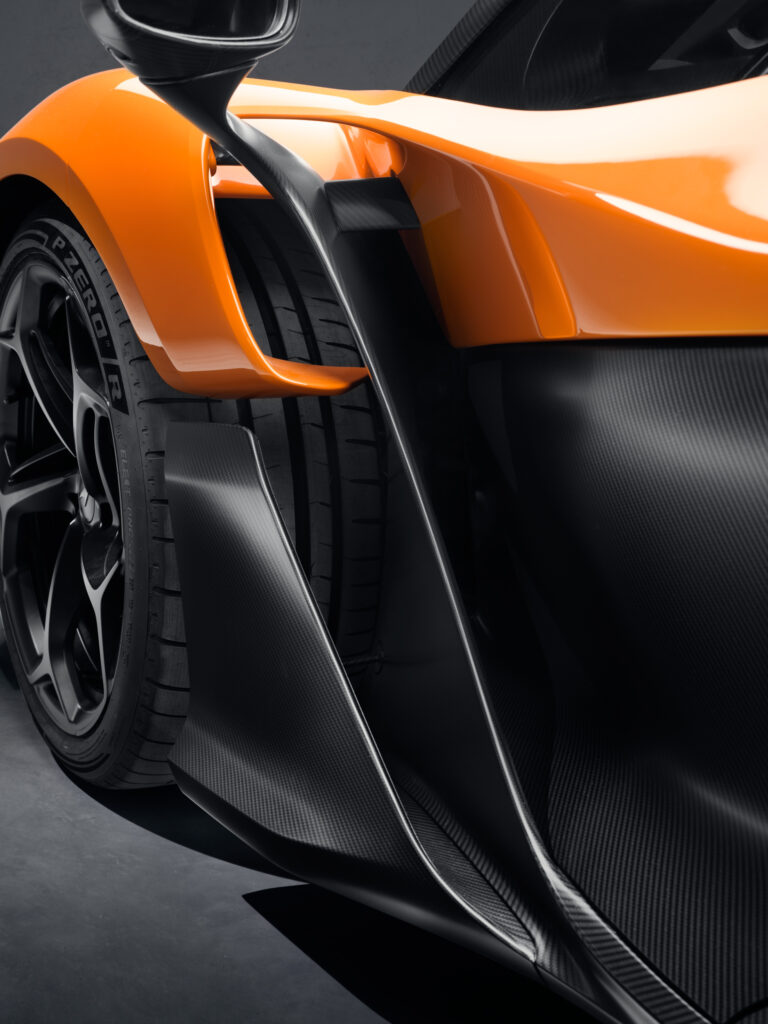The new McLaren W1 is the groundbreaking successor to two of the best supercars ever – the McLaren F1 and McLaren P1TM – and lifts McLaren’s ‘1’ range to new performance heights on all fronts.
As the ultimate expression of a purebred supercar, the new W1 was developed on the basis of McLaren’s commitment to peak performance and inspired by the core principles that underpin every supercar of the brand: unprecedented power output thanks to the use of advanced aerodynamics and lightweight chassis technologies, unsurpassed dynamic excellence and optimal interaction between the car and the driver, the perfect driving environment under all driving conditions, and impressive visual and aural appeal.
The W1 brings together all of McLaren’s significant and renowned expertise in lightweight technology and aerodynamic performance, inspired by years of racing innovations and the brand’s championship mentality. The engineers behind the new McLaren Ultimate model have collectively contributed to sixteen McLaren Formula 1 world driver and constructor titles. This collective expertise resulted in the most focused yet most versatile supercar McLaren has ever built.
“The McLaren W1 is an ode to the excellence of the iconic McLaren F1 and McLaren P1TM and embodies McLaren’s championship mentality. With our new Ultimate supercar, we are once again pushing the boundaries of supercar performance with an unprecedented hybrid powertrain built around our all-new MHP-8 V8 engine, the most advanced aerodynamic platform of any McLaren road car and a sophisticated use of advanced, lightweight materials. This allows us to create a superior track experience with the same car that guarantees unrivalled driving pleasure on the road.
“The F1-derived aerodynamics, pure rear-wheel drive and McLaren hydraulic steering show how McLaren approaches purposeful innovation as a racing company that invariably delivers the best possible performance. So it should surprise no one that the new W1 is our fastest-driving and fastest-accelerating road model ever. It also offers the purest interaction with the driver by staying true to the principles behind the ultimate driving experience in a supercar. This is a car that only McLaren could build.”
Michael Leiters, the CEO of McLaren Automotive
The W1 is a supercar for all occasions. It feels more at home on both road and track than any other McLaren. As the fastest-driving and fastest-accelerating street-legal supercar McLaren has ever built, it offers an immersive driving experience in all conditions.
The W1 offers unprecedented driving pleasure with its revolutionary new aerodynamics featuring high downforce, low drag and pronounced ground effect. This is further enhanced by its unique transformation process from Road to Race mode when used on the track. In this case, the W1’s ride height is lowered by 37 mm at the front and 17 mm at the rear, while a ‘heave’ system makes the suspension stiffer. Both front and rear active wings are used, with the McLaren Active Long Tail extending up to 300 mm backwards to help generate up to 1,000 kg of downforce on the W1.
The all-new MHP-8 engine makes its debut as a 4.0 V8 twin-turbo engine in the W1. It is paired with a powerful E-module to enable flashy speeds. The phenomenal power of the new 1,275-horsepower High Performance Hybrid powertrain and McLaren’s unwavering commitment to lightweight technology translated into performance levels previously only achievable for supercars and race cars for the track.
Not only the name ‘W1′ refers to McLarens’ championship mentality. The car’s launch date was also chosen with the championship in mind. Indeed, 6 October 2024 will mark 50 years since Emerson Fittipaldi won the first drivers’ and constructors’ title for McLaren at the Formula One World Championship.
